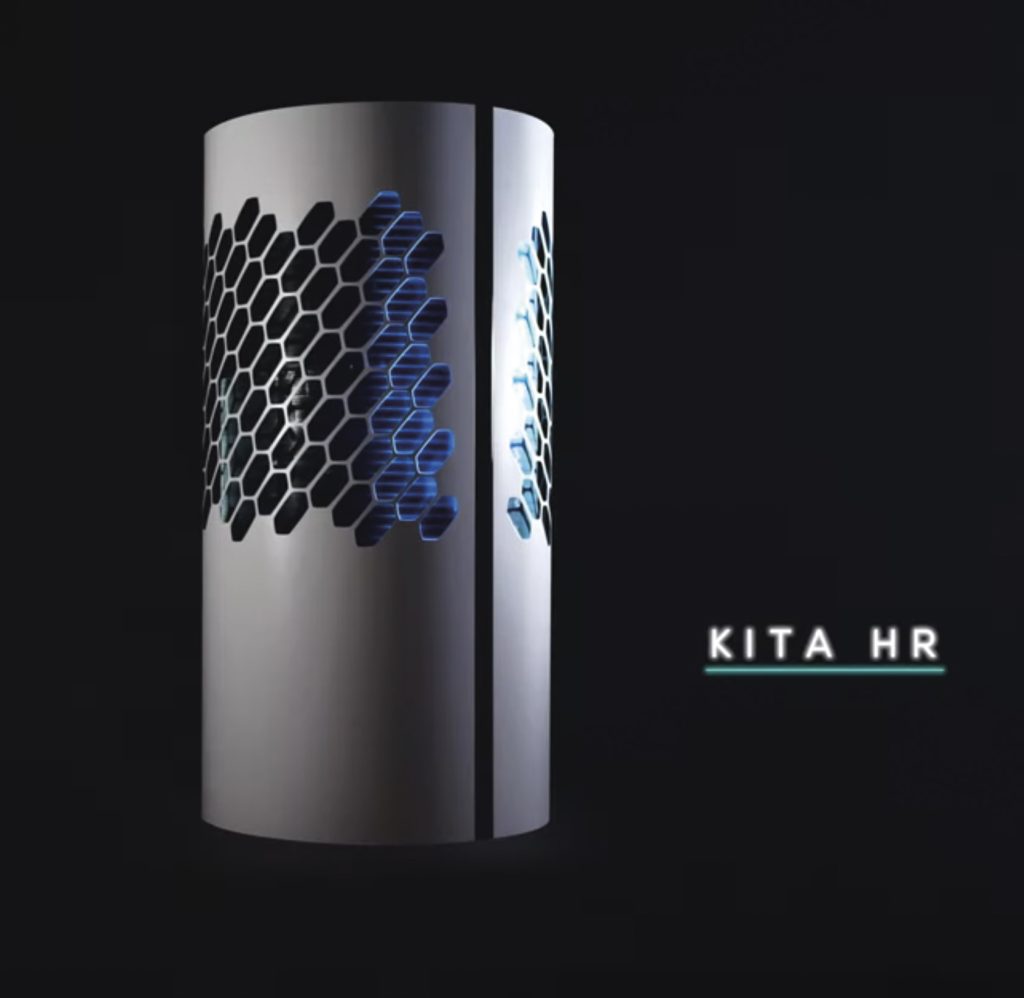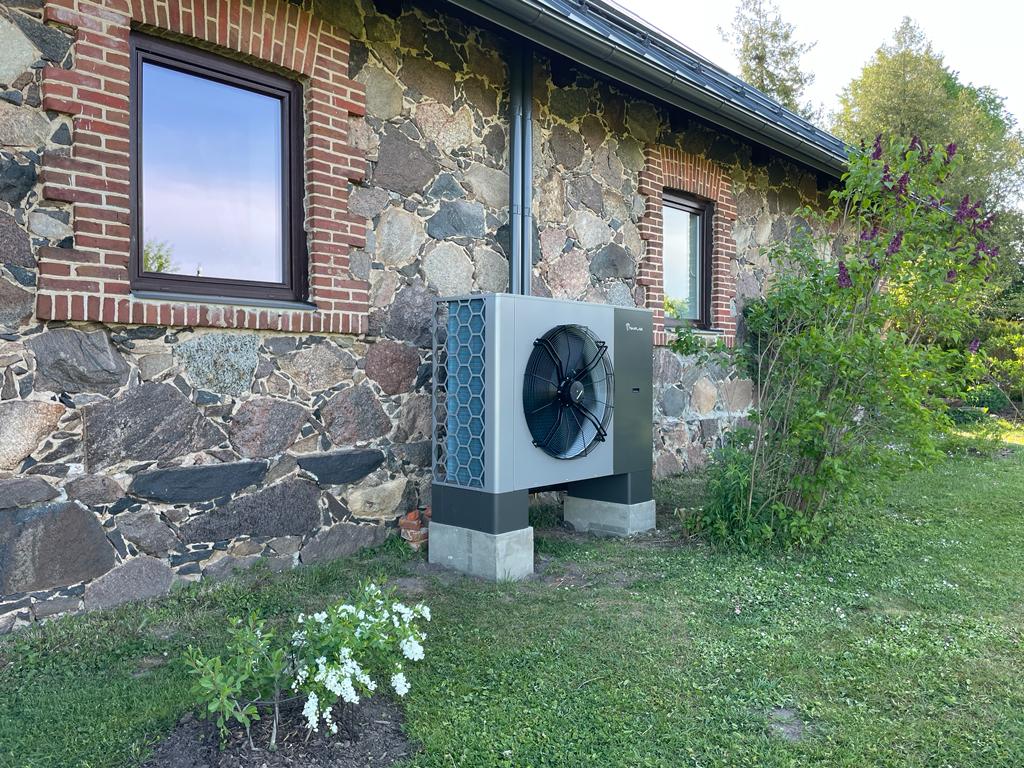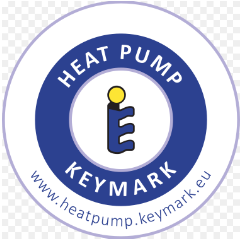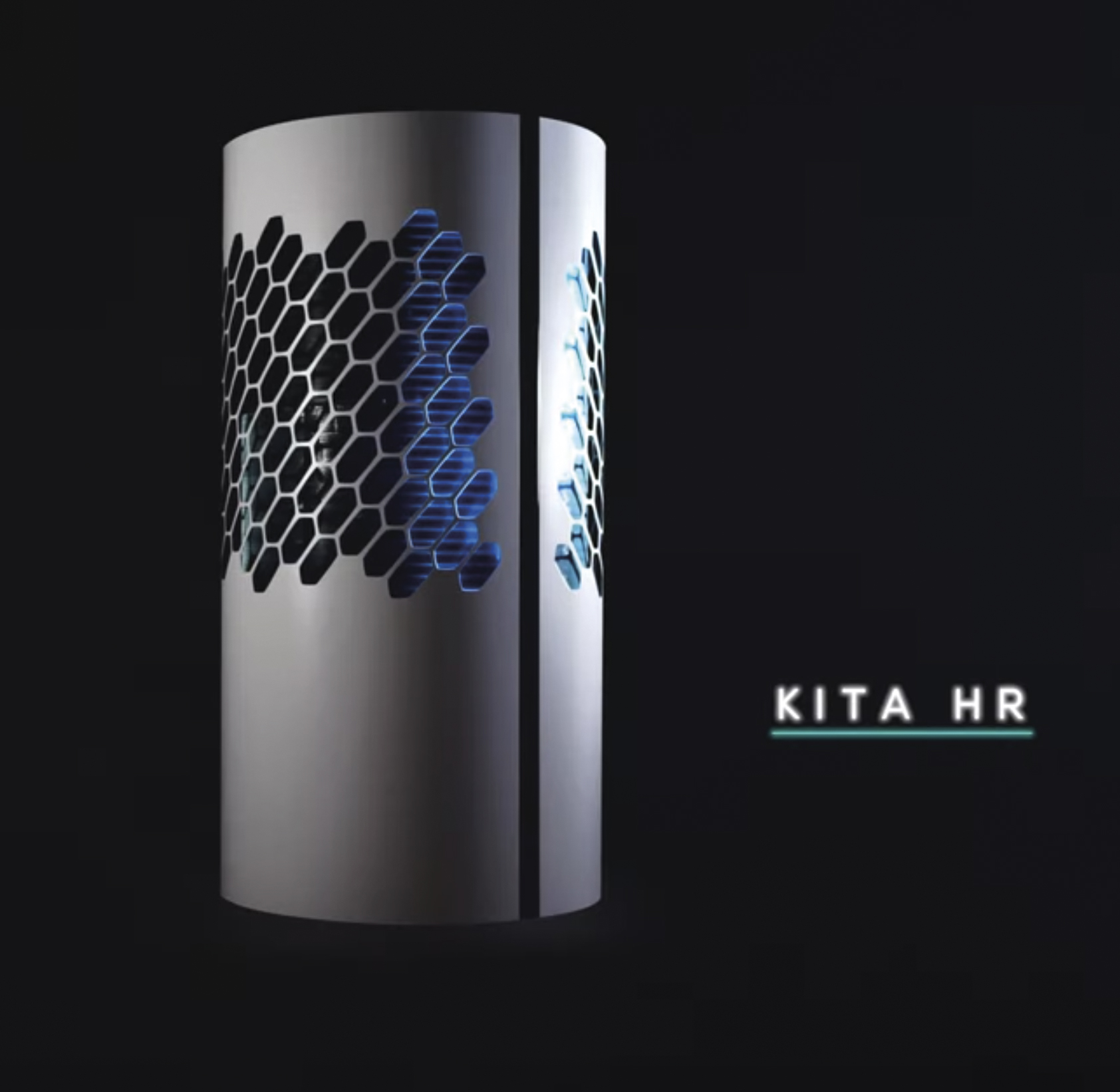Heat pumps are an increasingly popular choice in the home heating and cooling landscape due to their efficiency and sustainability. However, there are still many people who question the energy consumption associated with these machines.
Understanding the factors that influence the consumption of heat pumps is essential to optimize their use and maximize their energy impact.
In this guide we will explore the main elements to consider when it comes to the consumption of a heat pump while providing practical tips for increasing the efficiency of your system.
Detailed analysis: 2 practical examples of consumption
When we talk about heat pumps and consumption, we need to consider the variability of energy consumption under different operating and environmental conditions.
To make this analysis more concrete, we can examine some common practical scenarios by highlighting how Templari heat pumps, thanks to their advanced technology, manage to optimize energy consumption.
However, it should be specified that these are only examples for “educational purposes” and do not always correspond to the individual case. In fact, as we will see below, there are several factors that determine the electrical consumption of a heat pump.
Example 1: heat pump in single dwelling
Assume that we are installing a heat pump in a 100-square-meter house in an area with a temperate climate. The installed Templari pump – again assuming – has a rated output of 7.5 kW (i.e., the heat output actually delivered to the room) and is used for heating, cooling, and domestic hot water production. During the winter, with average outdoor temperatures of 5°C, the heat pump runs an average of 8 hours per day.
Considering an average consumption of 1.8 kWh in heating mode, the daily consumption would be about 14.4 kWh. Multiplying by the days of actual machine operation in winter (let’s assume 150 days), we arrive at a seasonal consumption of 2,160 kWh.
Example 2: semi-detached house
Assume in this case that a heat pump is installed in a 200-square-meter semi-detached house located in a colder region with average winter outdoor temperatures of 0°C. The 15 kW heat pump may require to run about 10 hours per day. Given a higher energy demand due to more severe weather conditions we can assume a consumption of about 2.5 kWh. The daily consumption increases to 25 kWh and for a 150-day cold season the total consumption will be 3,750 kWh.
These are only “educational” examples: it is not possible to determine with mathematical certainty the consumption of a heat pump without having precise and specific data about the system and other factors such as dwelling, desired temperature in the house, and the like.

Calculation of annual and seasonal consumption
Understanding the energy consumption of a heat pump during the year requires considering several factors such as the power output of the unit, the local climate, and the specific use of the heat pump (heating, cooling, or domestic water production).
Let’s take a look at some useful tips regarding annual and seasonal heat pump consumption, always remembering that such data cannot be precise because the elements must be considered on a case-by-case basis.
- Identify the rated output of the machine: the rated output of the heat pump expressed in kW is a good starting point for calculating consumption. This figure is indicative of the maximum amount of energy the unit can consume per hour of operation;
- establish the coefficient factor: heat pumps have an efficiency factor known as COP (Coefficient of Performance) for heating and EER (Energy Efficiency Ratio) for cooling. These values indicate how much useful energy (hot or cold) the unit produces for each unit of energy consumed;
- calculate the hourly consumption: for the basic calculation, it is necessary to multiply the rated power of the unit by the expected number of hours of operation. For a more realistic result technically the variables COP and EER should also be considered, but to do this it is best to rely on a professional because the calculation becomes more complex.
In addition to this, seasonal variables and possible photovoltaic integration must also be considered.
Seasonal variable refers to the number of hours of daily operation that varies with the season. For example, in winter, a heat pump may have to work more hours to maintain the desired temperature than in autumn or spring.
If the home then has a photovoltaic system then the energy generated and consumed by the heat pump must be subtracted from the total energy consumption. This reflects significant savings in annual consumption.
Let us once again take a practical example:
Suppose we consider a heat pump with a rated output of 10 kW, average SCOP of 5.13 in heating mode, and average daily operation of 6 hours in winter and 4 hours in summer.
Winter: 10 kW x 6 hours/day x 120 days = 7,200 kWh.
If the SCOP is also included, the actual consumption would be 7,200 kWh/5.13 = 1,403 kWh
Summer: 10 kWh x 4 hours/day x 90 days = 3,600 kWh.
By also including EER, the actual consumption would be 3,600 kWh/4.36 = 825 kWh.
The approximate annual consumption-not including spring and fall-would be 1,403 kWh + 825 kWh = 2,228 kWh.
It is important to reiterate that these calculations are only indicative: to obtain the actual consumption of a machine, it is always advisable to rely on a professional who can perform the analysis considering the countless determining factors that we will see in the next section.
Determining factors in heat pump consumption
The energy consumption of a heat pump-as reiterated several times throughout this article-is influenced by a great many factors-some of which can be controlled by the user, while others depend on the intrinsic characteristics of the device or the environment in which it is installed. Understanding these factors can help optimize the use of the heat pump by improving its efficiency and reducing operating costs.
Here are the factors to consider regarding heat pump consumption:
- building insulation: a critical factor affecting the efficiency of the heat pump is the thermal insulation of the building. Good insulation reduces heat loss in winter and heat input in summer, decreasing the workload of the heat pump and, consequently, energy consumption;
- outdoor temperature: heat pumps are most efficient in moderate climates. Extreme temperatures, both cold and hot, can reduce the efficiency of the heat pump, increasing energy consumption;
- the sizing of the unit: a unit that is over or undersized relative to the needs of the building can lead to inefficiencies. A unit that is too large consumes more energy to start up and shut down frequently, while a unit that is too small may have to work harder to maintain the desired temperature;
- the temperature setting: setting the thermostatic temperature too high in winter or low in summer can significantly increase energy consumption. It is advisable to use moderate settings to optimize comfort and energy efficiency;
- maintenance: regular maintenance is essential to maintain the efficiency of the heat pump. Clogged air filter, dirty coils, and an inefficient air distribution system can reduce the energy efficiency of the heat pump;
- integration with renewable energy: the use of photovoltaic panels to power the heat pump can significantly reduce energy costs. Free energy from the sun offsets the electrical consumption of the heat pump, improving the overall efficiency of the system;
- heat pump technology: the latest heat pumps, such as those produced by Templari, are equipped with advanced technologies that improve energy efficiency, such as inverter compressors and intelligent control systems, which adapt the operation of the unit to actual needs, reducing consumption.
Knowing and managing these factors can significantly affect the system efficiency of a heat pump.Templari pumps are designed with these principles in mind as well, ensuring optimal performance for those who use them while being environmentally sustainable.

5 strategies to optimize consumption and increase efficiency of heat pumps
Optimizing the energy efficiency of heat pumps not only reduces your home’s carbon footprint but also leads to significant financial savings. Here are some key strategies for optimizing consumption from the perspective of Kita heat pumps for residential use:
- improve building insulation: proper insulation reduces the need for heating and cooling, decreasing the work required of the heat pump. Kita heat pumps, with their high efficiency, take full advantage of well-insulated homes, maximizing energy savings;
- use of our electronics: the HCC (House Climate Control) system is of our own manufacture, and this optimizes the use of heat pumps by adjusting the temperature according to the needs in the home. Kita heat pumps boast smart home management systems allowing precise and flexible control of temperature settings for personalized comfort and increased energy efficiency;
- Regular maintenance: scheduled maintenance ensures that the heat pump always operates at peak efficiency. Kita is distinguished by its ease of maintenance, ensuring that system efficiency remains optimal over time;
- use of inverter compressors: inverter compressors adjust power according to actual demand, reducing energy consumption. Kita heat pumps use this technology to ensure regulation of heating and cooling, providing tailored comfort with minimal energy consumption;
- integration with renewable sources: connecting the heat pump to a photovoltaic panel system further reduces operating costs by using clean, free energy. Kita is designed to integrate seamlessly with renewable energy, maximizing the positive impact on the environment and energy bills.
Finally, here are all the strengths of Kita heat pumps for the residential sector that have already helped make homes, cottages and entire housing estates in Italy and throughout Europe more efficient:
- 100% environmentally friendly: thanks to the use of environmentally friendly refrigerant gases and compatibility with solar energy, Kita heat pumps are a standout among sustainable home heating and cooling solutions;
- super quiet: acoustic comfort is provided by advanced technologies that minimize operating noise, making Kita an ideal choice for any home environment;
- advanced remote control: with the HOUSE CLIMATE CONTROL app, users can manage and monitor their Kita heat pump from anywhere, optimizing comfort and energy efficiency;
- superior energy efficiency: continuous innovation in Templari’s R&D department has led to the development of heat pumps that set new standards of efficiency, significantly reducing energy consumption and operating costs for users.
Templari ‘s residential-dedicated heat pumps are not only efficient and sustainable but also proudly certified with the HEAT PUMP KEYMARK, a European seal of quality attesting to exceptional performance and compliance with the highest standards of energy efficiency and reliability.

This certification is the result of rigorous independent testing and assures consumers that each Kita heat pump not only meets but exceeds expectations in terms of energy efficiency, sustainability and performance.
Opting for a KEYMARK-certified solution means choosing a verified innovation, ensuring that the investment contributes to a greener future and significant long-term energy savings.
Would you like to find out if a Templari heat pump can help you save money on your utility bills? Whether it is suitable for your home and lifestyle?
Contact us, we will be happy to answer any questions you may have: we will provide you with a quote according to your requirements.


